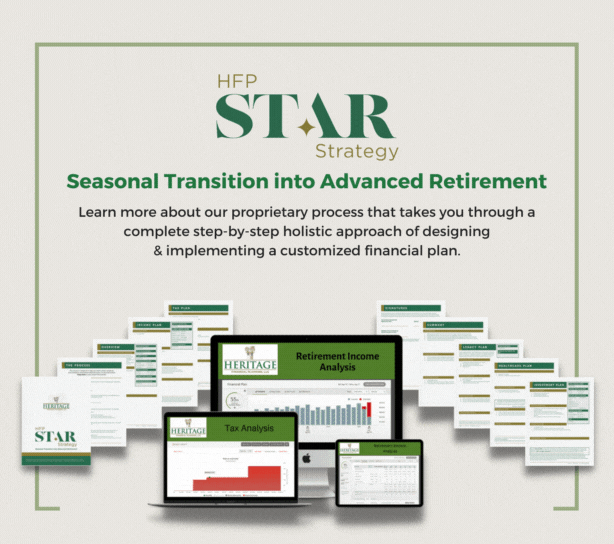Are You Playing It Too Safe—or Too Aggressive—in Retirement?
Many retirees face a tricky question: Should I still own stocks in retirement? On one hand, market volatility is scary when you’re no longer earning a paycheck. On the other hand, playing it too safe with cash and bonds could mean your portfolio doesn’t grow fast enough to keep up with inflation or withdrawals.
So, how much stock exposure is just right?
Why Retirees Still Need Stocks in Their Portfolio
Even in retirement, your investment horizon may stretch 20–30 years. During that time, inflation can quietly cut your purchasing power in half. Stocks—despite their short-term risk—are one of the few assets that historically outpace inflation over time.
Here’s why stocks still matter in retirement:
- Growth potential to support longevity.
- Dividend income to supplement withdrawals.
- Inflation hedging during periods of rising costs.
But that doesn’t mean you should be 100% invested in equities. The key is balance—and choosing the right kinds of stocks.
Recommended Stock Allocations by Retirement Phase
There’s no universal answer, but here are general guidelines financial professionals use when crafting retirement portfolios:
- Early Retirement (60s–early 70s):
40–60% stocks (with the rest in bonds, cash, or alternatives). Enough growth potential, but not overly aggressive. - Mid to Late Retirement (70s–80s):
30–50% stocks. Reduce volatility, but still include some growth for longer-term needs. - Late Retirement (80s+):
20–40% stocks. At this stage, income and preservation typically outweigh the need for aggressive growth.
Of course, your personal risk tolerance, income needs, and legacy goals will influence these percentages.
What Kind of Stocks Are Best for Retirees?
Not all stocks are created equal. During retirement, consider prioritizing:
- Dividend-paying stocks – Provide income while keeping growth potential.
- Blue-chip companies – Offer stability and lower volatility.
- Defensive sectors – Like healthcare and utilities, which tend to perform well even in downturns.
- Low-volatility or value stocks – Offer steadier returns over time.
Avoid speculative or high-growth sectors unless they’re a very small portion of your overall allocation.
Create a Stock Strategy That Supports a Long, Comfortable Retirement
Retirement investing is about balance—not extremes. You don’t need to go all-in or all-out on stocks. What you do need is a plan that aligns your stock exposure with your income needs, time horizon, and risk tolerance.
The best way to do that? Work with a trusted advisor who knows how to build smart, sustainable portfolios for every phase of retirement.
We Help You Invest for the Retirement You Deserve
At Heritage Financial Planning, our HFP S.T.A.R. Strategy (Seasonal Transition into Advanced Retirement) helps you determine exactly how much stock exposure makes sense for your retirement timeline, lifestyle, and financial goals.
Let’s build a retirement investment strategy that balances risk and reward—so you can enjoy today while planning for tomorrow. Schedule your custom portfolio review today.

Click here to learn more about our HFP STAR Strategy process.
Sources:
• Vanguard Asset Allocation Recommendations – https://www.vanguard.com
• Fidelity: How Much Stock Should You Own in Retirement – https://www.fidelity.com
• Morningstar Retirement Income Research – https://www.morningstar.com
• Heritage Financial Planning: https://heritagefinancialplanning.net/about/heritage-financial-star-strategy/












